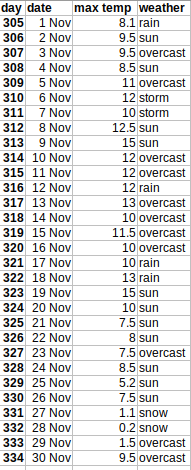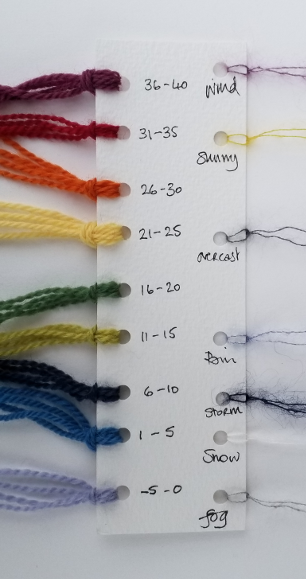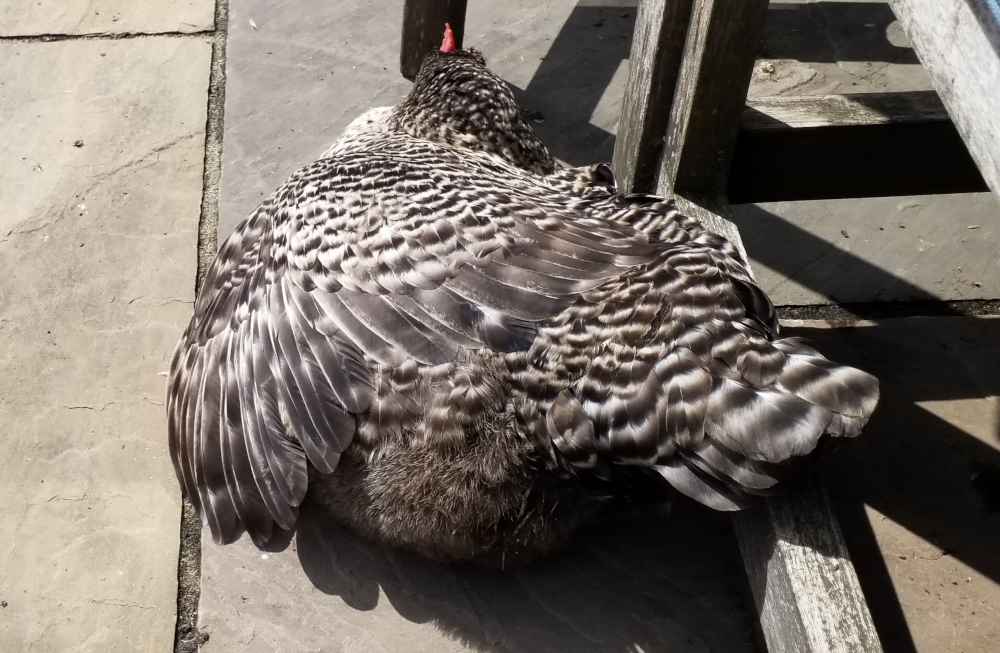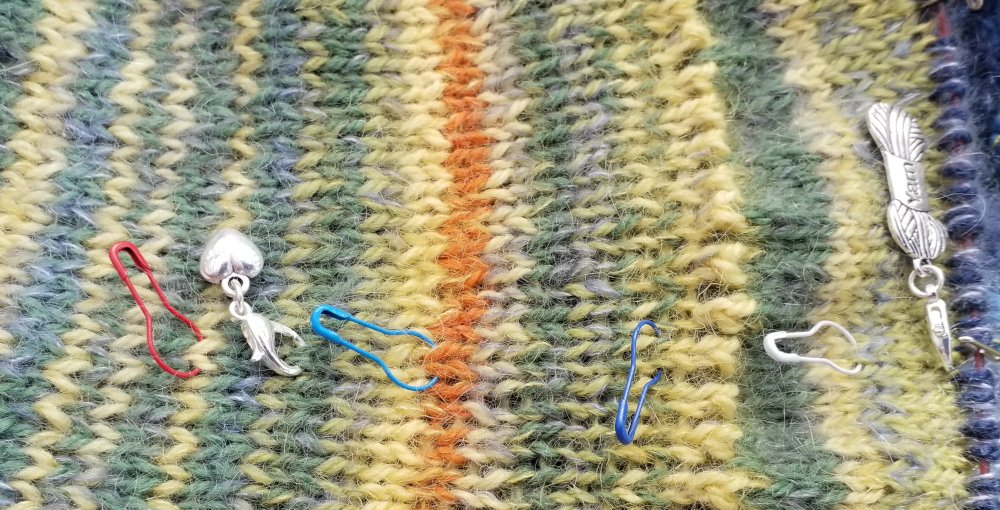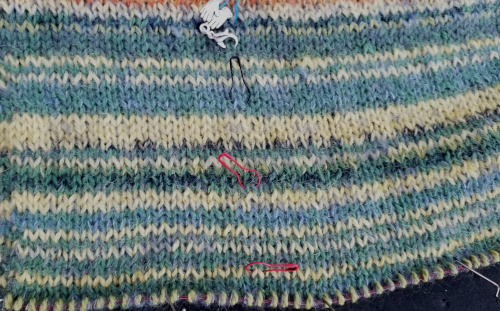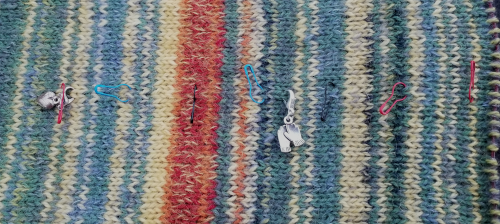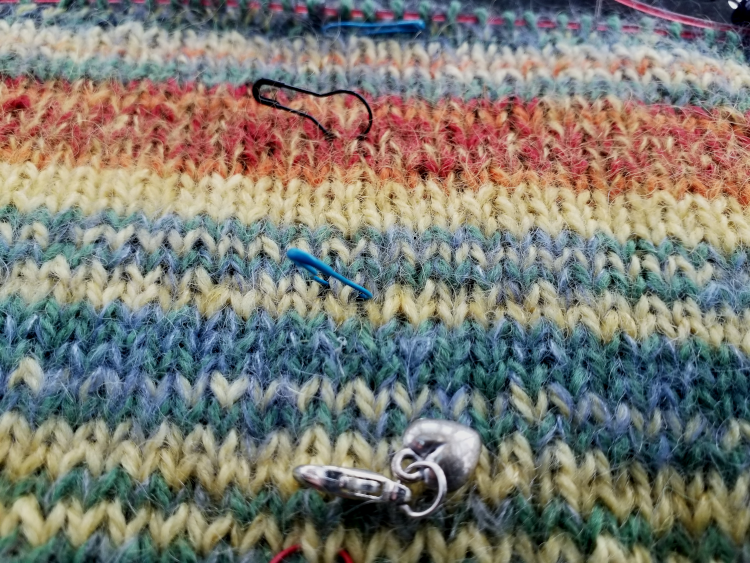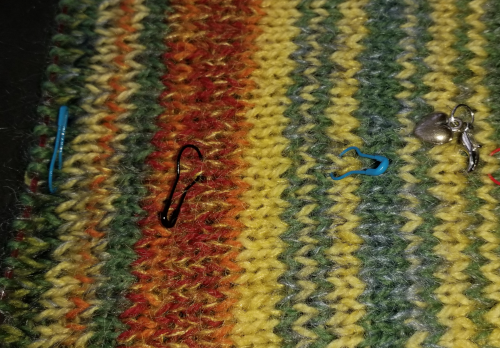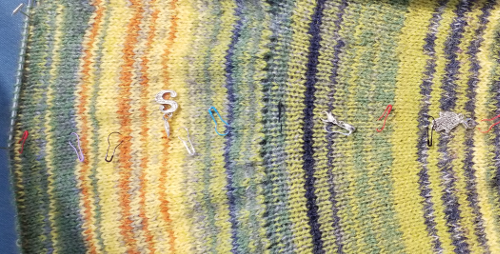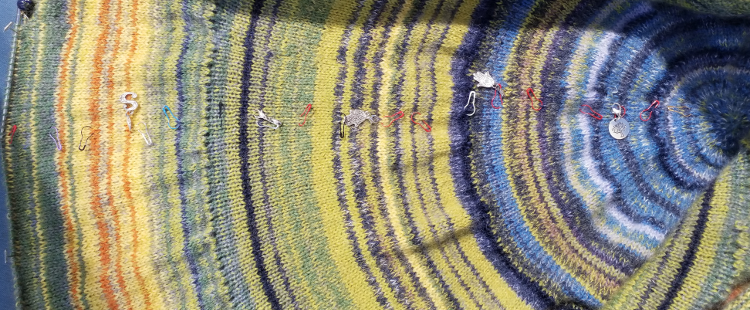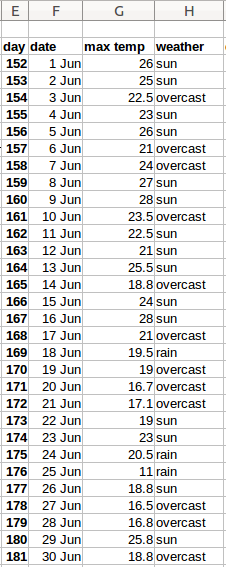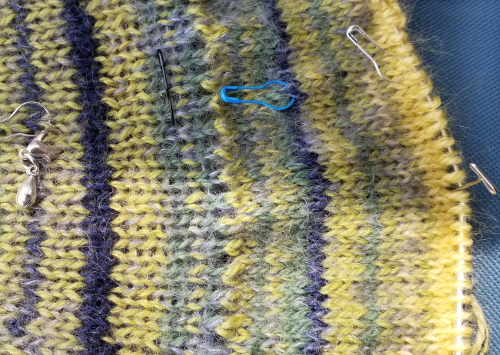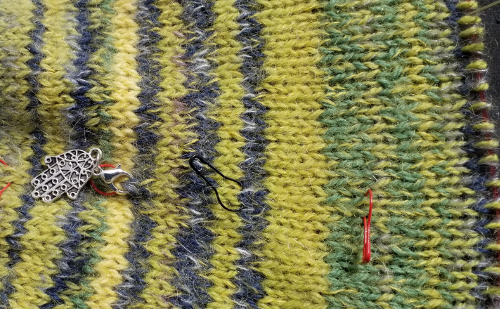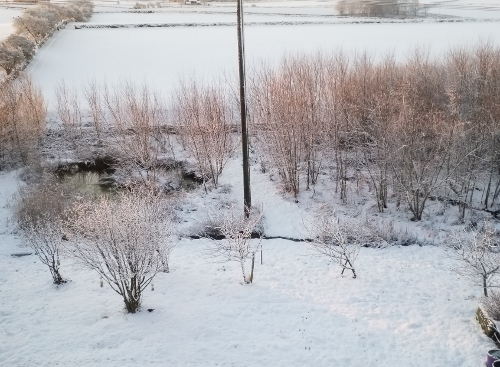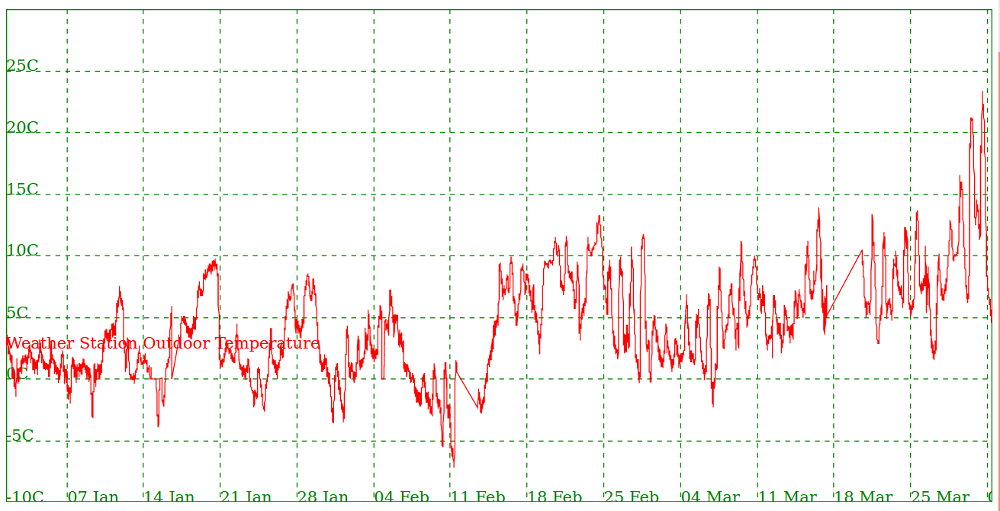At last the temperature has begun to fall a little! The maximum achieved was 15 degrees Celsius, which seems rather too warm for this time of year. We often have the first snowfall of the autumn in November, and this year we did indeed have 2 days of snow at the end of the month, but they were not particularly heavy falls of snow, and the melting started almost immediately.
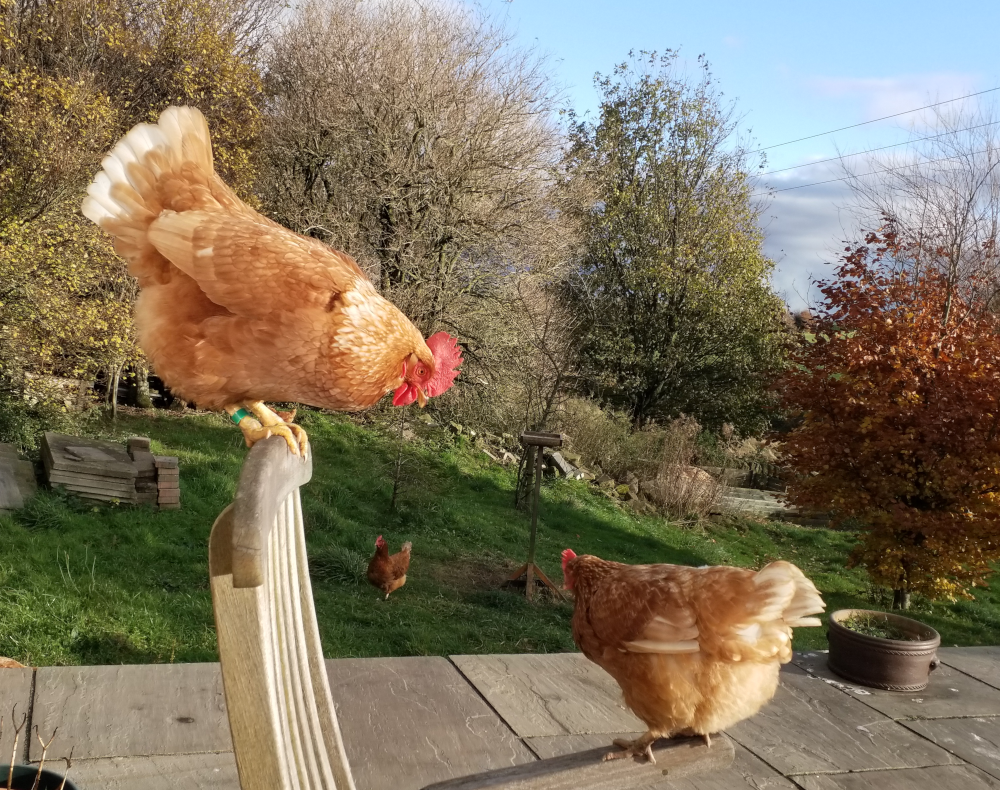
The Temperature Pi Blanket continues to take up a lot of space on the sofa! Each daily round is 2,304 stitches, but I am just about managing to keep up with the timetable. At last there is a little blue to be seen, but still a lot of green.
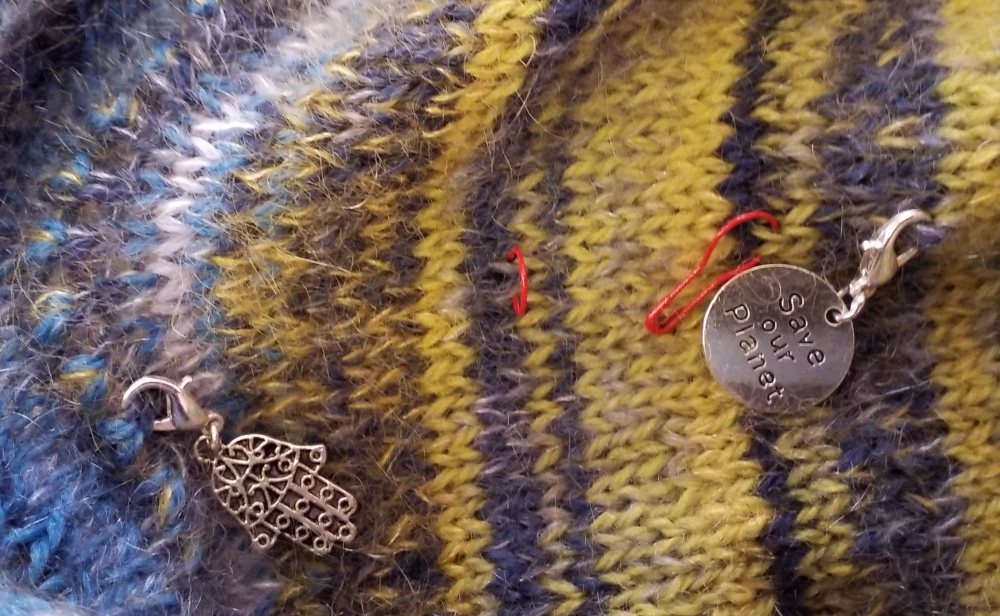
I have now completed days 305 to 334 inclusive, working on 2,304 per day. I have worked 364,788 stitches, and the blanket is 83.63% complete (in terms of the number of stitches worked). I have spent over 300 hours over the past 11 months knitting this blanket.
It’s not too late to join in and knit your own Temperature Pi Blanket, or get the pattern now and start knitting it next year. You can download the pattern and accompanying spreadsheet from Payhip


